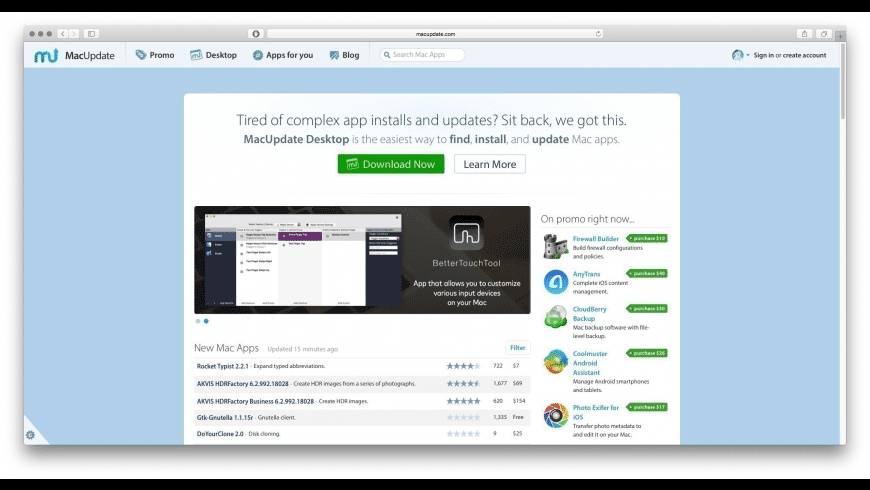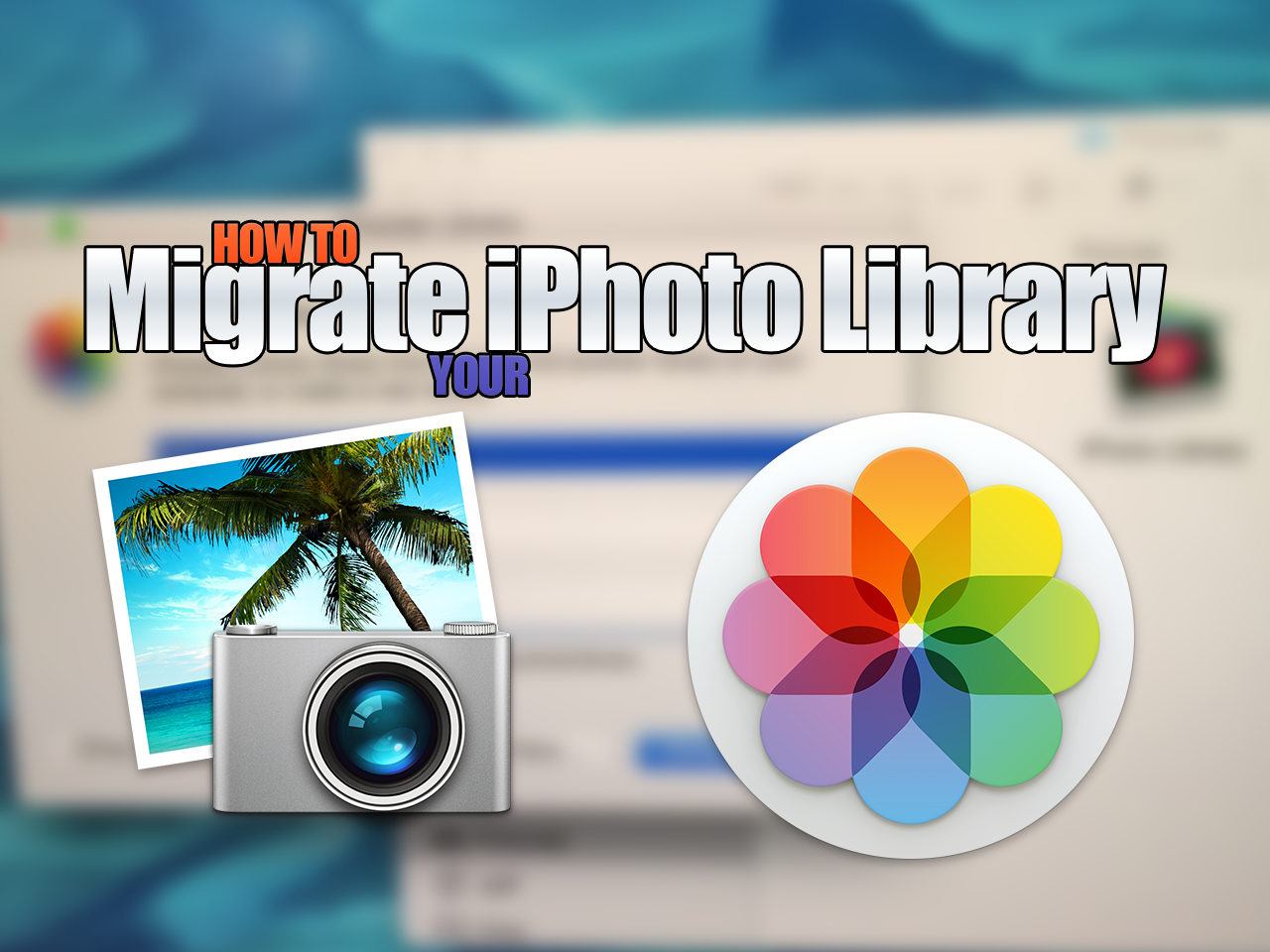Macos mojave dark mode apps. A large number of smaller user interface improvements and tweaks.Download Agenda on the Mac App Store. Transmit🏴 Yes! Transmit 5.2 now supports DARK MODE for macOS Mojave.
Use Launchpad to delete an app
Launchpad offers a convenient way to delete apps that were downloaded from the App Store.
- To open Launchpad, click it in the Dock or open it from your Applications folder. You can also pinch closed with your thumb and three fingers on your trackpad.
- If you don't see the app in Launchpad, type its name in the search field at the top of the screen. Or swipe right or left with two fingers on your trackpad to show the next or previous page.
- Press and hold the Option (⌥) key, or click and hold any app until the apps jiggle.
- Click next to the app that you want to delete, then click Delete to confirm. The app is deleted immediately. Apps that don't show either didn't come from the App Store or are required by your Mac. To delete an app that didn't come from the App Store, use the Finder instead.
Jul 09, 2020 I've downloaded the Navionics Boating Marine & Lakes app onto my iPad and have started the 2 week trial. How do - Answered by a verified Mac Support Specialist We use cookies to give you the best possible experience on our website. Apr 07, 2017 Apps from the Mac App Store: Applications you install from the Mac App Store are considered the most trustworthy, as they’ve gone through an Apple vetting process and are hosted by Apple themselves. They’re also sandboxed, although this is a reason why many app developers don’t use the Mac App Store. Mac App Store: The Mac will only run apps downloaded from the Mac App Store. Mac App Store and identified developers: When you try to open a new app and it’s not on the list of identified. Jan 03, 2013 MacBook, Mac OS X (10.7.5) Posted on Jan 1, 2013 1:44 PM Reply I have this question too ( 484 ) I have this question too Me too (484) Me too. Jan 13, 2020 Download the app from the App Store on your iPad. To do this, launch the App Store app on your iPad and choose the previously purchased tab. On this tab, you will see your most recent purchases, including those done on a PC or Mac. Tap the cloud button next to the app icon to start the download. You are not charged again for apps you've already.
Deleting an app doesn't cancel any subscription you may have purchased with that app. Learn how to cancel subscriptions for apps that were downloaded from the App Store.
Install from the Mac App StoreClick on the price located beneath the app's star rating. Click on the green Install App button that appears. MORE: Best Apple Laptops.Click on the Finder icon at the bottom left of the screen.Click Downloads on the left side of the window.Double-click the downloaded file. Jan 19, 2018 If you want to uninstall an app you downloaded from the Mac App Store, Apple provides an easy way. Press F4 to bring up Launchpad view.
Use the Finder to delete an app
- Locate the app in the Finder. Most apps are in your Applications folder, which you can open by clicking Applications in the sidebar of any Finder window. Or use Spotlight to find the app, then press and hold the Command (⌘) key while double-clicking the app in Spotlight.
- Drag the app to the Trash, or select the app and choose File > Move to Trash.
- If you're asked for a user name and password, enter the name and password of an administrator account on your Mac. This is probably the name and password you use to log in to your Mac.
- To delete the app, choose Finder > Empty Trash.

Learn more
To use an app again after deleting it, either reinstall it or restore it from a backup.
- To reinstall apps that were installed as part of macOS, reinstall macOS. This applies to apps such as Safari, iTunes, Books, Messages, Mail, Calendar, Photos, and FaceTime.
- You can also redownload apps, music, movies, TV shows, and books that were installed from the App Store, iTunes Store, or Apple Books.
Learn how to delete apps on your iPhone, iPad, and iPod touch.
Learn what to do if the Dock contains an icon with a question mark.
I Downloaded An App On My Mac Where Is It Made
The safest place to get apps for your Mac is the App Store. Apple reviews each app in the App Store before it’s accepted and signs it to ensure that it hasn’t been tampered with or altered. If there’s ever a problem with an app, Apple can quickly remove it from the store.
If you download and install apps from the internet or directly from a developer, macOS continues to protect your Mac. When you install Mac apps, plug-ins, and installer packages from outside the App Store, macOS checks the Developer ID signature to verify that the software is from an identified developer and that it has not been altered. By default, macOS Catalina also requires software to be notarized, so you can be confident that the software you run on your Mac doesn't contain known malware. Before opening downloaded software for the first time, macOS requests your approval to make sure you aren’t misled into running software you didn’t expect.

Running software that hasn’t been signed and notarized may expose your computer and personal information to malware that can harm your Mac or compromise your privacy. Best software to clean mac 2014.
View the app security settings on your Mac
By default, the security and privacy preferences of your Mac are set to allow apps from the App Store and identified developers. For additional security, you can chose to allow only apps from the App Store.

In System Preferences, click Security & Privacy, then click General. Click the lock and enter your password to make changes. Select App Store under the header “Allow apps downloaded from.”
Open a developer-signed or notarized app
If your Mac is set to allow apps from the App Store and identified developers, the first time that you launch a new app, your Mac asks if you’re sure you want to open it.
An app that has been notarized by Apple indicates that Apple checked it for malicious software and none was detected:
Prior to macOS Catalina, opening an app that hasn't been notarized shows a yellow warning icon and asks if you're sure you want to open it:
If you see a warning message and can’t install an app
If you have set your Mac to allow apps only from the App Store and you try to install an app from elsewhere, your Mac will say that the app can't be opened because it was not downloaded from the App Store.*
To learn how to update Office, see. Mac apps upper right corner remove screen. .Go to Control Panel by choosing the Start button(lower-left corner), and choosing Control Panel.Do one of the following:.In Category view, select System and Security Action Center, and then select the down arrow next to Security.In Large icons or Small icons view, select Action Center, and then select the down arrow next to Security.If Windows can detect your antivirus software, it's listed under Virus protection. Check your proxy settingsIf you use your device both at home and at work, try turning off the proxy settings in Microsoft Edge or Internet Explorer before you install Office. If you’re using a different browser, check their help to find out how to turn off proxy settings.Microsoft Edge.Click the Start button(lower-left corner), and choose Settings.Select Network & Internet, go to the bottom of the selections on the left side, and click Proxy.In Automatic proxy setup, automatically detect settings or use setup script, by sliding to On or Off.In Manual proxy setup, you can choose to use a proxy server.
If your Mac is set to allow apps from the App Store and identified developers, and you try to install an app that isn’t signed by an identified developer or—in macOS Catalina—notarized by Apple, you also see a warning that the app cannot be opened.
If you see this warning, it means that the app was not notarized, and Apple could not scan the app for known malicious software.
You may want to look for an updated version of the app in the App Store or look for an alternative app.
If macOS detects a malicious app
I Downloaded An App On My Mac Where Is It Now
If macOS detects that an app has malicious content, it will notify you when you try to open it and ask you to move it to the Trash.
How to open an app that hasn’t been notarized or is from an unidentified developer
Running software that hasn’t been signed and notarized may expose your computer and personal information to malware that can harm your Mac or compromise your privacy. If you’re certain that an app you want to install is from a trustworthy source and hasn’t been tampered with, you can temporarily override your Mac security settings to open it.
In macOS Catalina and macOS Mojave, when an app fails to install because it hasn’t been notarized or is from an unidentified developer, it will appear in System Preferences > Security & Privacy, under the General tab. Click Open Anyway to confirm your intent to open or install the app.
The warning prompt reappears, and you can click Open.*
The app is now saved as an exception to your security settings, and you can open it in the future by double-clicking it, just as you can any authorized app.
*If you're prompted to open Finder: control-click the app in Finder, choose Open from the menu, and then click Open in the dialog that appears. Enter your admin name and password to open the app.